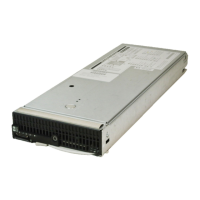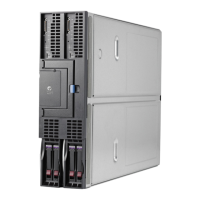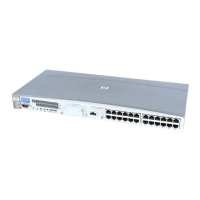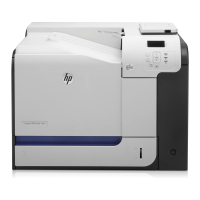5 Setting Up the Boot Mechanism
Setting up the boot mechanism involves one of the following options: creating a bootable CD or
DVD, creating a bootable USB device, or setting up a network boot environment. This chapter
shows you how to perform each task at a Linux system.
This chapter addresses the following topics:
• “Using a Bootable CD or DVD” (page 40)
• “Using a USB Flash Device” (page 42)
• “Using Network Boot” (page 44)
Using a Bootable CD or DVD
This section shows you how to create and use a bootable CD or DVD to launch the SSTK.
Creating a Bootable Disk Image
The SSTK includes the files you need to create a bootable disk image. Creating the disk image
involves copying these boot files to a small FAT partition and creating the image (.img) file.
The bootable disk image must be a FAT file system to be available at the EFI level. Also, if a boot
loader file named bootia64.efi is located in the \efi\boot directory, the HP Integrity server
automatically executes that boot loader.
To create a bootable disk image:
1. Create a directory for the bootable image, enter:
mkdir ./bootable-image
2. Create a blank file with the size needed to store the boot files, enter:
dd if=/dev/zero of=./bootable-image/boot.img bs=1024 count=25000
3. Format this image file with FAT file system, enter:
mkfs.msdos ./bootable-image/boot.img
4. Create a directory and mount this image file.
mkdir ./bootable-image/imagemount ./bootable-image/boot.img
./bootable-image/image –o loop
5. Create the bootable directory, /efi/boot, enter:
mkdir –p ./bootable-image/image/efi/boot
6. Copy the following necessary files from boot_file/efi/boot to the ./bootable-image/
image/efi/boot directory:
bootia64.efi
elilo.efi
elilo.conf (boot loader configuration file)
rootfs.gz (root file system)
linux (kernel)
7. If needed, copy additional files to the ./bootable-image/image directory. These files
might include toolkit files, configuration files, or third-party tools.
8. Unmount the image file, enter:
umount ./bootable-image/image
The boot.img file is now a FAT file system containing the bootia64.efi file, which boots
the Linux OS.
40 Setting Up the Boot Mechanism
